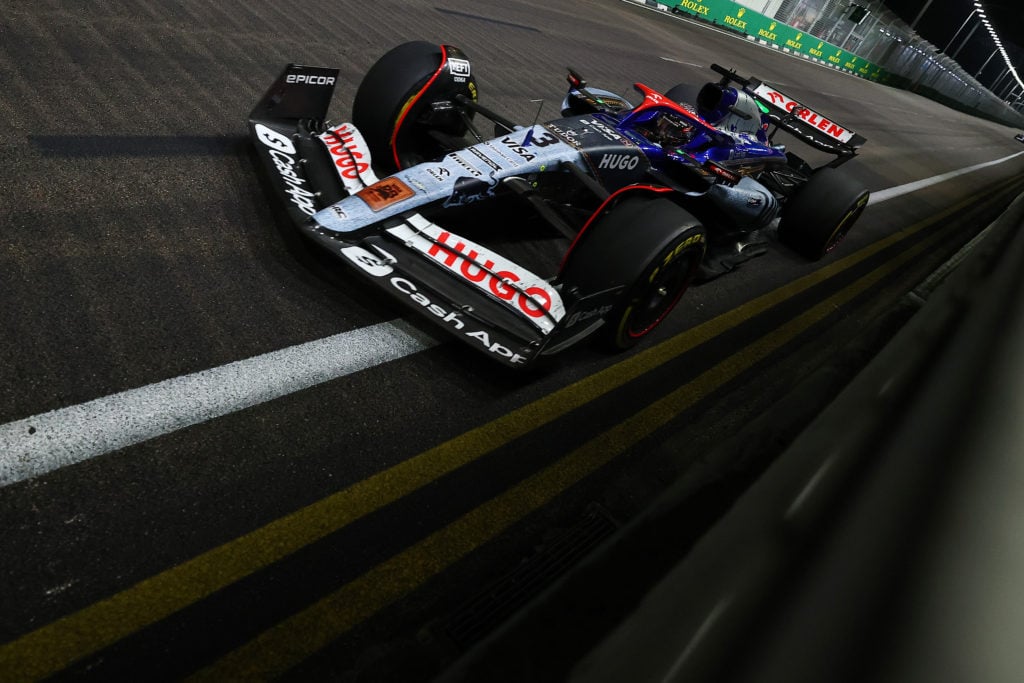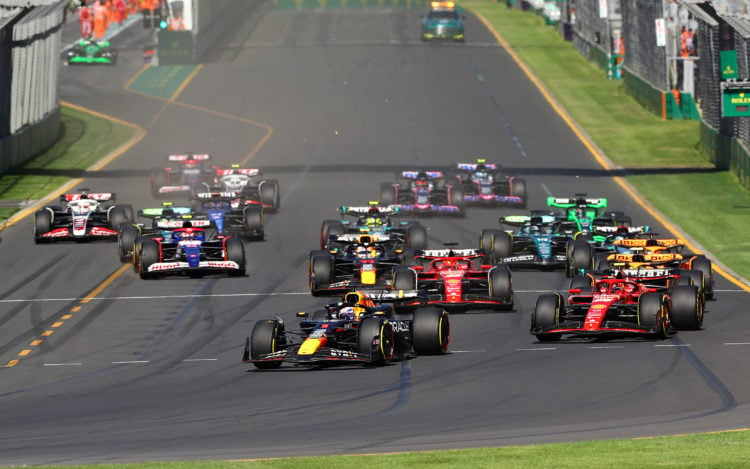As the 2025 Formula 1 season nears, it is important to know about some of the tweaks to the regulations that will take place this year.
You might think that there has been no changes to the F1 rulebook ahead of a major regulation shift in 2026, however, there have been a number of tweaks to the rules after events last year.
F1 Oversteer has compiled a list of seven rule changes you need to know about for 2025, including the updated points system and increased opportunities for rookies.

F1 removes fastest lap points for 2025 season
Since the 2019 season, a driver who finishes inside the top 10 places was able to earn a bonus point for setting the fastest lap of the race, taking the maximum number of points that could be earned from a Grand Prix up to 26.
This often meant drivers were pitting late in the race for a set of fresh tyres to increase their chances of setting it, providing they had the gap to set it. It also opened up the chance for a car outside of the top ten pitting and taking the bonus point away from a driver, which became a controversial topic last season.
Daniel Ricciardo did exactly this at the Singapore GP when he pitted to help Max Verstappen in the title race with Lando Norris. Norris had set the quickest lap but Ricciardo pitted and took it away on the final lap of the race, setting what would be the final fastest lap of his career.
After this saga, a decision was made by the F1 Commission to remove the fastest lap point from the scoring system this year, which means drivers can now only earn a maximum of 25 points on a non-Sprint weekend.
Overall weight of F1 cars increased for 2025
Weight has been an increasingly popular topic in F1 considering the current generation of cars are the heaviest in the history of the championship, and they are set to get even heavier for 2025.
Last year the total weight including the driver was 798kg but that is set to increase to 800kg, due to the minimum weight of the drivers now increasing to 82kg to help accommodate taller drivers on the grid.
The weight increase will also bring added health benefits for drivers, allowing them to eat healthier and have less restrictive diets. There is also another instance where the overall weight can increase, as explained below.
FIA introduces driver cooling systems after extreme heat in Qatar
After the extreme heat that drivers were subjected to during the 2023 Qatar Grand Prix, the FIA sought to introduce measures to help safety after several drivers claimed they either passed out or vomited during the race.
Teams must already adjust to climactic conditions with the different types of headrest material they use, while they were also required to fit a ‘cooling scoop’ on the upper surface of the chassis. Now, if the weather forecast predicts temperatures of 31°C or above, a heat hazard can be declared by Race Control.
In this instance, the teams will be required to fit a mandated driver cooling system which includes a micro cooler that can be fitted into the car and drivers will have to wear a shirt that features 48m of piping that contains cooling liquid. According to the 2025 F1 technical regulations, the minimum weight of the cars will increase to 5kg to accommodate the extra materials.
Rookie drivers get more seat time in FP1 sessions
The mandatory FP1 session time that teams must leave open for rookies has doubled in 2025, with rookies now given an extra two sessions.
Teams previously had to leave space for one session in each car, but now that number has increased to two per car. With each team made up of two cars, it means there will be four occasions where they run a rookie driver.
A rookie driver must not have completed more than two Grands Prix to be allowed to take part.
FIA fixes grid order issue after Brazilian Grand Prix
After confusion at last year’s Sao Paulo Grand Prix, the FIA has now tweaked the rules surrounding how the grid order is determined in the event of qualifying being cancelled due to adverse weather.
As long as the stewards accept that qualifying can no longer take place, the grid order will be defined by the Drivers’ Championship classification. The same applies to Sprint qualifying. In both cases, if the Drivers’ Championship order can’t be used then the grid order will be decided at the steward’s discretion.
In the instance where multiple drivers fail to set a lap time in Q3, either due to a red flag or conditions, then the order they set their quickest times in Q2 will be used to determine the grid classification.
Drivers who retire from the race 75 minutes before the start will also mean those behind them on the grid can shuffle up one place to fill out the slots.
Limits on F1 drivers testing older cars
A tweak has been made to the rules surrounding the Testing of Previous Car (TPC) regulations, following what was made last year. After the FIA stipulated that all cars must have parts that have been run on a race weekend at least once, now they have regulated the amount of time drivers are allowed behind the wheel.
Teams can carry out a maximum of 20 days of TPC running in a calendar year, however, their race drivers are only allowed to take place in four days and cannot exceed 1000km of running in total.
Lewis Hamilton has already completed four days of TPC running this year, after he carried out an unplanned test for Ferrari earlier this year.
Flexible front wing clampdown
From the Spanish Grand Prix onwards the FIA will introduce increased stress tests on the front wings to clamp down on flexibility.
Flexi-wings have been a hot topic in F1 since last year, when McLaren landed themselves in hot water after the Azerbaijan GP for using a ‘Mini DRS’ wing. The team was told to take it off their car in Singapore, following protests from Red Bull and Ferrari.
Teams are now required to take part in increased stress tests for their front wings, after the FIA noticed they were trying to maximise the downforce levels while reducing drag by making them flex under load.
The new rules come under a technical directive, meaning there is no specific design specifications for the wings but rather a stipulation that they must meet the stress tests or risk being referred to the stewards for a technical breach.

